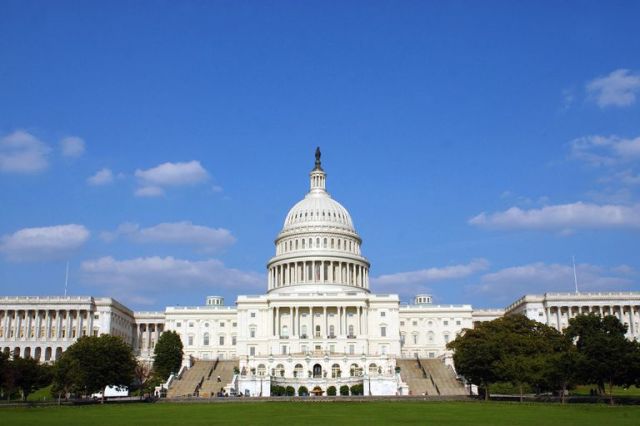The president is the head of the executive branch and the country. He or she is responsible for signing and enforcing or rejecting laws proposed and passed by Congress. This branch also includes the vice president and the president’s group of advisors, known as the Cabinet.
The legislative branch consists of the House of Representatives and the Senate, which together form the United States Congress. This branch has the power to “check,” or limit, the president’s power. It is the law-creation system in the United States, in which members are voted in by the people. Congress writes and revises bills to send to the president to sign into laws. If the president vetoes one, they can override the veto if two-thirds of the representatives disagree with the president and make the bill into a law. The legislative branch is also responsible for declaring war with other countries.
The court system in the United States is known as the judicial branch. The Supreme Court is the highest court in this system. The Supreme Court decides if the laws passed by Congress or executive orders signed by the president are constitutional and legal.



 Descargar Google Chrome
Descargar Google Chrome Descargar Mozilla Firefox
Descargar Mozilla Firefox Descargar Opera
Descargar Opera